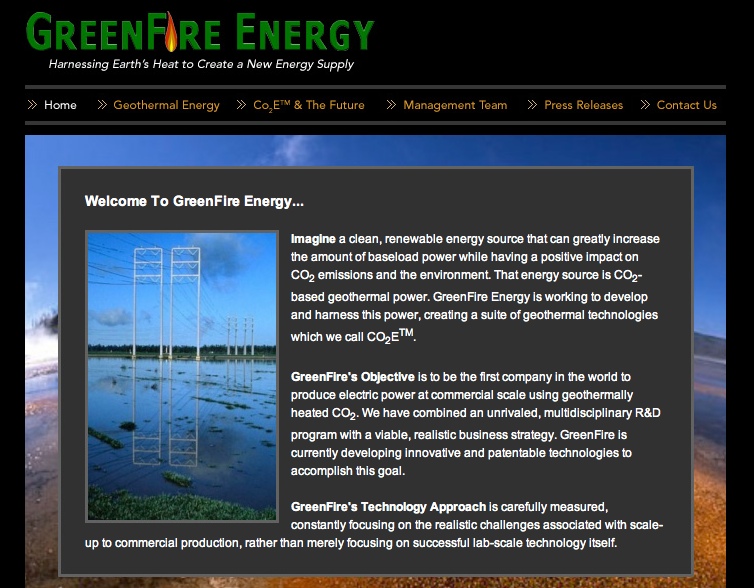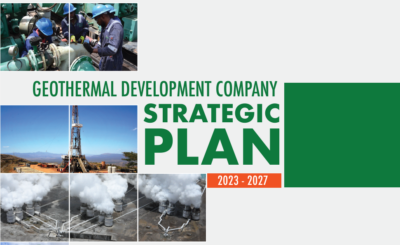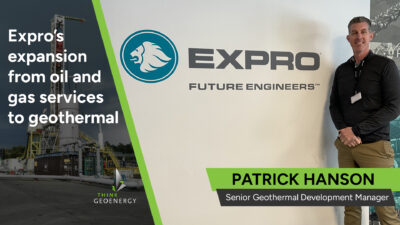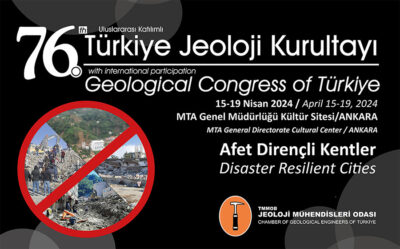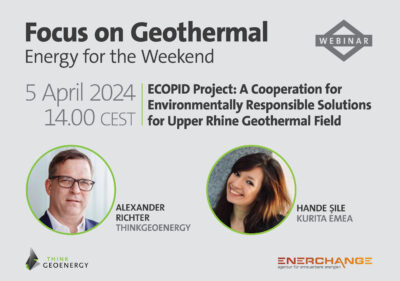Interview series: Randy Balik, VP Business Development, GreenFire Energy
Continuing the interview series of ThinkGeoEnergy, the company's Vice President for Business Development Randy Balik answered a few questions, highlighting - among others - the importance of the DOE R&D program.
In continuation of the interview series, I had the chance to get Randy Balik, the Vice President of Business Development for GreenFire Energy to answer some questions.
Randy states that he is “privileged to be part of a very bright team of scientists and business people who all contribute different expertise related to the creation of a new suite of CO2-based geothermal technologies that focuses on harnessing energy from geothermally heated carbon dioxide.”
How would you describe your company and your key activities?
GreenFire Energy is an early-stage renewable energy technology company that is pioneering the use of CO2 for geothermal electric power generation, grid-scale energy storage, and energy management. There is also a significant carbon sequestration aspect to our technologies. Called CO2E™, our suite of technologies combines CO2 with geothermal resources to generate power from pressure and heat. Our key near-term activities are focused on technology development. Our mid-range activities will involve demonstrating and commercializing our technologies and our long-term activities will likely focus on national and international project development.
What is the status of development for the technology that GreenFire wants to offer and when and how do expect it to be on the market?
GreenFire’s technologies are early-stage. Some of our surface technologies may be available within two years, while the entire suite of the CO2E™ technologies, including the subsurface aspect of CO2-based power systems may not be available for several years. Realistically, we have quite a bit of R&D to do.
You have recently received an R&D grant from the U.S. Department of Energy. How crucial is this kind of support to companies like yours and the development of new technology for the sector?
This grant is very important to us and we are pleased that the DOE recognizes the importance of and opportunity for our technologies as well as the quality of our team and the thorough design of our R&D program. Financial support like this is crucial when it comes to developing new technologies like ours as this is a capital intensive industry and very few large-scale investors outside of the energy industry understand the risks and time scales in geothermal energy. That risk makes it difficult to raise the initial funds to launch R&D efforts like ours; however, we expect that the credibility a grant like this provides along with the achievement of near-term milestones will make it easier to finance our future efforts. We applaud the DOE and other agencies for awarding grants like these, as such grants are an integral part of advancing the current state of the art and creating true technological advancements.
What impact will GreenFire’s technology have on geothermal development?
Should we be successful in developing our technologies, CO2E™ will have enormous impact on geothermal development and will hugely expand global geothermal energy production. Currently, the geographic reach of conventional geothermal technology is limited due to the set of geologic conditions that must exist for a project site to be viable. At some point, we expect water-based enhanced geothermal systems (EGS) to increase geothermal development further, but importing and injecting water may cause strain on water resources in certain geographic areas and there are depth limitations with this technology due to pumping costs. Our technologies can have even broader reach than both, as we are not limited to the use of water, which is an increasingly valuable commodity. Furthermore, we can likely go deeper because we are using CO2 as our geothermal fluid – current drilling technologies and costs are our limitation, not pumping costs. Looking into the future, if carbon capture ever becomes a reality, the reach of our technologies will increase even further. Imagine co-locating geothermal production facilities near carbon emitters whereby their carbon is captured and sequestered in our system and in the surrounding rock formations – we will be able to make power with what is today considered a waste stream. Indeed, our technologies would be a geothermal industry game-changer and will have tremendous and positive impact on clean, renewable electric power generation.
What do you consider the key obstacles and challenges for increased development in the U.S.?
The challenge for conventional geothermal comes less from finance or government regulations but more from the limited number of geologically suitable project sites. On the other hand, advanced geothermal technologies, such as our CO2-based geothermal and other companies’ water-based EGS, face huge obstacles with respect to development. Primarily, those obstacles relate to funding, and the economic downturn has proven to be a major challenge that has impacted all renewable energy technology development. In spite of this, over the last couple of years, there was a flurry of both private and government funding for water-based EGS and the supporting technologies, such as new drilling techniques. However, this has really slowed down as of late. In order to develop truly disruptive, game-changing technology, companies like ours need money. It’s that simple. The financing of new technology must continue to be available, especially at the earliest, most risky stage of development. This is why grant funding that has been made available by the DOE and other agencies is so critical. Technological advances are expensive and they take time, and the only way to create major advances is through continued funding.
What do you think holds back speedier development of geothermal energy projects globally?
Three things seem to be key. The first is risk. Drilling geothermal wells entails more risk than constructing, for example, a natural gas plant. This is especially true with the first wells at a site. Who finances those wells and how they are compensated can be difficult questions to answer.
The second factor is the high capital costs associated with geothermal. They make it difficult to finance geothermal projects even if the geothermal approach has a lower levelized cost of energy than the alternatives.
The third factor is the lack of qualified professionals. There are plenty of engineers and contractors to construct fossil fuel power plants. But the market for geologists has gone up and down such that, through time, many experienced individuals exit the field.
What are your expectations for the event in Sacramento, and who do you look forward meeting?
Last year’s GRC/GEA event in Reno was our first major geothermal event since we announced ourselves to the world in late 2009, and we found the gathering to be quite beneficial. The combination of networking and education that this event provides is wonderful, as it is one of the few geothermal gatherings that truly draws a large, international audience. Our expectations are high this year – we have created relationships with more key players in the industry over the past year and the recent announcement of our DOE grant has been received quite well by other industry participants. As such, we look forward to expanding our collaborative efforts and relationships with other geothermal companies, research entities, suppliers and the DOE.
Company website: www.greenfireenergy.com
